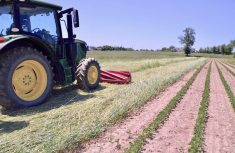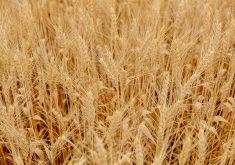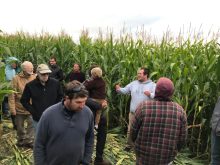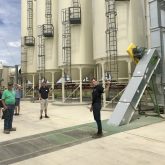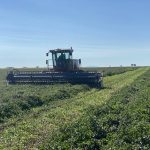Glacier FarmMedia – In Grade 10 science, Tony McQuail’s class conducted an experiment.
They were given a jar of banana pulp and a male and female fruit fly. Every day, he and his classmates would examine the jar. By day 26, there were more than 100 fruit flies. By day 28, there were more than 200. By day 30, there were about 500, but on day 31, they were all dead.
It was a pivotal moment in McQuail’s life, said the regenerative agriculture advocate. It opened his eyes to the importance of environmental sustainability, he told a recent online seminar hosted by the University of Manitoba.
Read Also
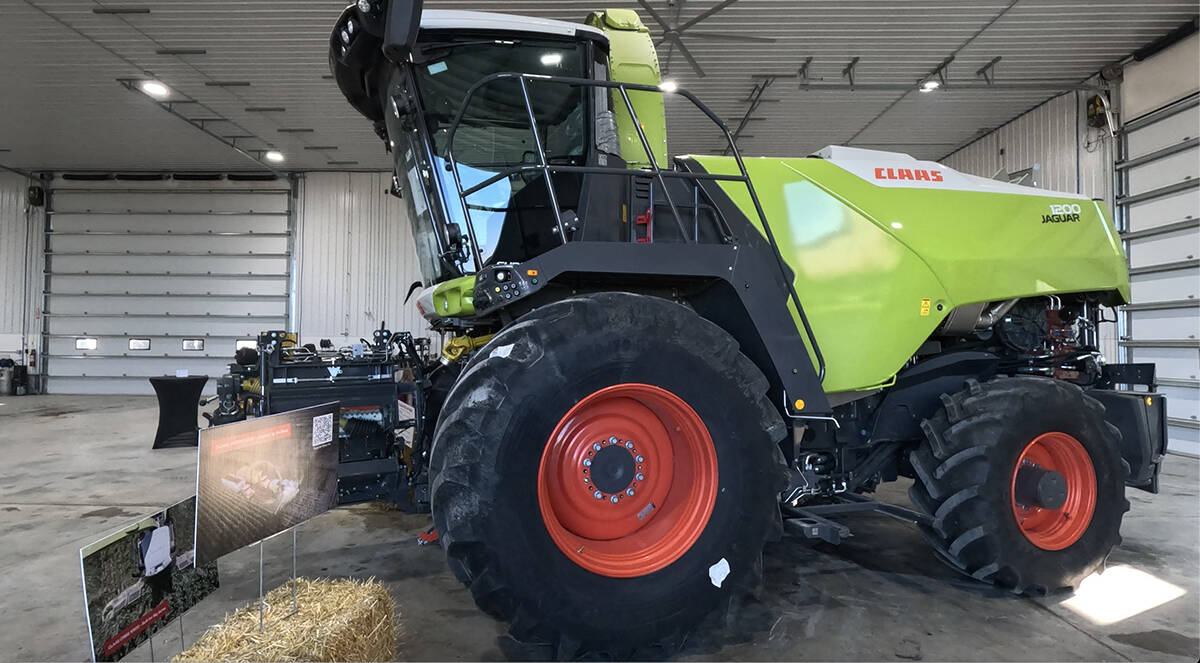
Claas brings 1000 Series SP forage harvesters to Canada
In mid-August, Claas unveiled its new line of Jaguar forage harvesters at an event in Visalia, California, deep in the heart of that state’s dairy region.
“The thing that really struck me about that experiment was that there was still banana pulp that could have served as food, but fruit flies had poisoned their environment with their metabolic wastes.”
After high school, McQuail got his start in farming by working as a hired hand on a dairy farm. He bought a farm near Lucknow, Ont., three years later, in 1973. There he honed his skills with respect to sustainable farming and put the lessons learned in science class to work.
“We lived through the energy crisis of the early 1970s and survived the high interest rates that the energy crisis helped create in the late 1970s and early 1980s.”
He made the transition to organic farming in the mid-1970s.
“The weeds didn’t take over. We didn’t go bankrupt. In fact, we’ve had a pretty good life, and people enjoy coming to visit the farm because it is full of life.”
Horse power
Meeting Place Organic Farm, as it would become known, is a 100-acre organic mixed farm with organic pigs, grass-fed cattle and organically raised meat chickens. It also produces organic eggs, organic apples and apple butter, vegetable, herb and heritage tomato seedlings. And it’s all powered by horses.
“When I started out, I had no equipment. I was working for my neighbours in exchange for equipment,” McQuail said. While at the University of Guelph, his wife, Fran, wrote a research paper that compared workhorses to tractors for a farm of a similar size to theirs.
“The horses had come out looking pretty good economically and productively. So in 1976, we bought a team of horses.”
Horse-drawn farm equipment was affordable at auction. For about $500 for equipment, $800 for harnesses and $1,650 for the horses, McQuail was able to equip the farm.
Meeting Place Organic Farm is now in the hands of the McQuails’ daughter, Katrina, though McQuail continues to work on the farm. He calls it his “exercise program.”
But now he is more focused on sharing knowledge about sustainable agriculture. For those willing to listen, he challenges them to “think outside the box” of industrial farming.
Generational challenge
Speaking to students at a webinar recently hosted by the Faculty of Agricultural and Food Sciences, McQuail offered one of those challenges to the audience.
Using lessons from the fruit fly experiment, McQuail said people now contribute both metabolic and industrial waste to the system. He pointed to a project he worked on while taking environmental studies at the University of Waterloo in the 1970s.
“I looked at the issue of net energy productivity in agriculture,” he said.
One source for his research was a study done by the Steinhardts, a husband-and-wife team that looked at primitive, pre-industrial agriculture.
“The interesting thing to me was that they yielded between five and 50 calories for every calorie invested,” McQuail said.
Netting less than five calories of output per calorie burned would be unsustainable. So, how does that balance sheet look with modern agriculture? The Steinhardt study calculated that modern agriculture now nets only one calorie output for every 10 calories spent.
“What we’ve really gotten good at as we’ve industrialized agriculture is converting fossil fuel to food,” McQuail said. “That may not have been a problem when we didn’t appreciate the consequences of releasing all that sequestered carbon and sequestered energy that was taken out of the earth’s ecosystem.
“So I want to offer you a challenge,” McQuail told the students. “Can we design production systems in a social economy where most of the energy required to make the system function is metabolic or food energy and comes from regeneratively produced food?”
He said he hopes this challenge will create a spark for the students just as the fruit fly experiment ignited his passion for sustainability.
– This article was originally published at the Manitoba Co-operator.




